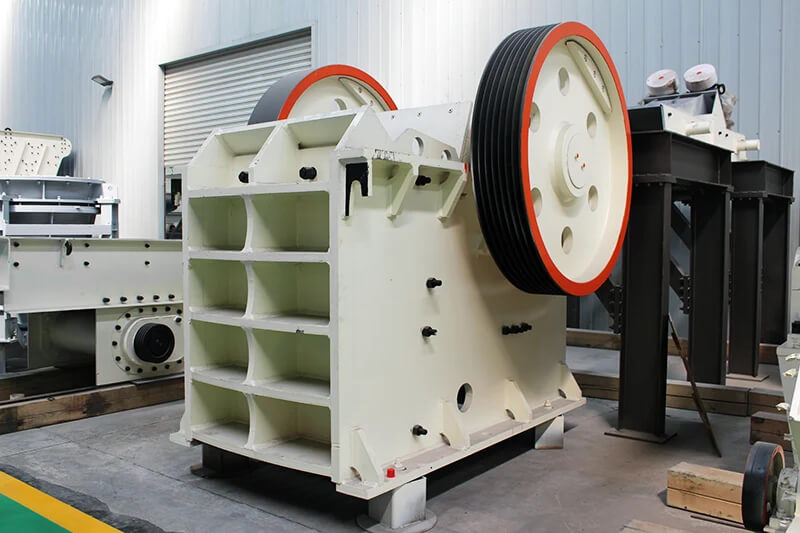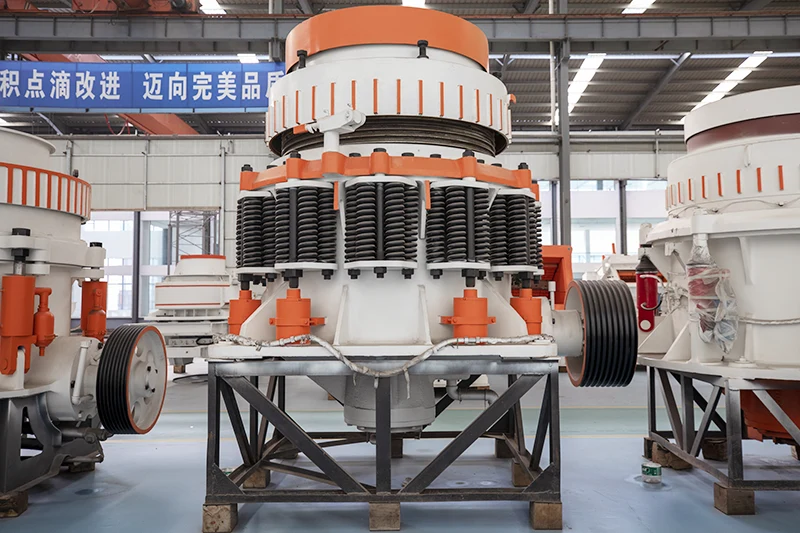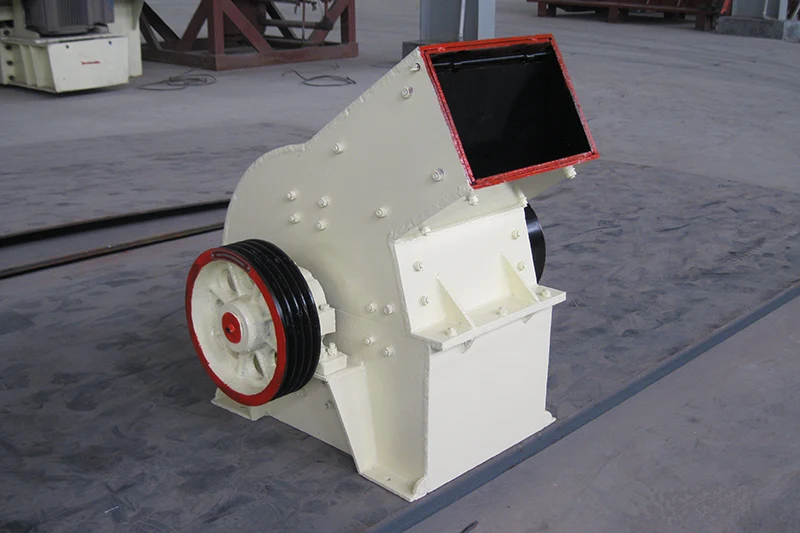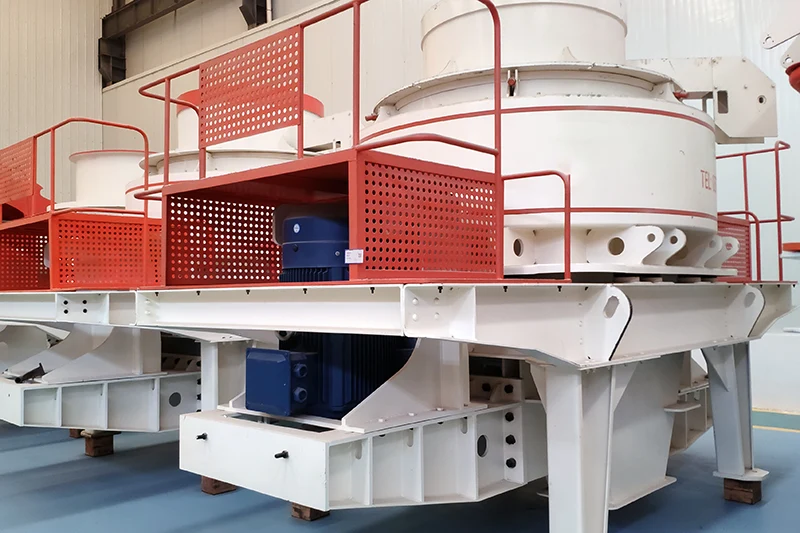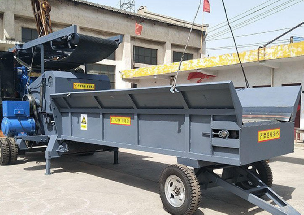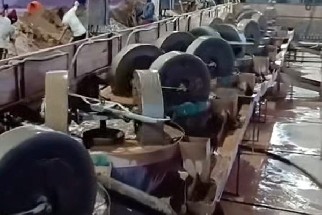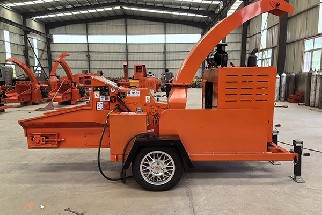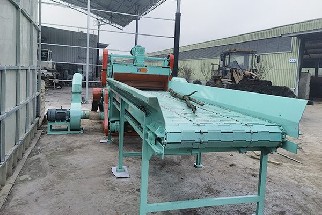Fluorite is an important industrial mineral widely used in the metallurgical, chemical, and ceramic industries. Depending on the gangue minerals it contains, fluorite can be classified into quartz, calcite, barite, and sulfide types. Currently, the main methods for beneficiating fluorite are gravity separation and flotation, with flotation being the preferred method for fine-grained fluorite and acidic fluorite concentrates.
Flotation Process Cost Structure
Flotation separates minerals by adding flotation reagents to modify their surface properties. In the daily operation of a flotation plant, multiple factors, including equipment, materials, energy, labor, and management, affect production costs, and these factors must be comprehensively considered in cost calculations.
1.1 Equipment Cost
The fluorite flotation process includes crushing and screening, grinding and classifying, flotation, and drying. Key equipment includes jaw crushers, ball mills, spiral classifiers, flotation machines, thickeners, filter presses, feeders, and conveyors. The investment cost of these equipment is high, including both purchase and installation costs. 1.2 Flotation Reagent Costs
Flotation reagents play a crucial role in the flotation process. The type and dosage of reagents vary depending on the ore type. Common reagents include:
*Quartz-type fluorspar: Sodium carbonate (regulator), fatty acids (collectors), and sodium silicate (quartz depressant).
*Calcite-type fluorspar: Sodium silicate, sodium hexametaphosphate, and other depressants are used to adjust the pH.
*Barite-type fluorspar: Fatty acid flotation reagents are used in combination with organic depressants such as dextrin and caustic starch.
1.3 Electricity Costs
Various equipment in a mineral processing plant requires electricity to operate, including crushing and grinding.
1.4 Equipment Maintenance and Repair Costs
Routine maintenance includes repairs to minor consumables (e.g., oil, filter cloth) and major equipment (e.g., ball mill liners, flotation impellers). Maintenance and repair costs, as well as replacement intervals, must be considered. 1.5 Labor Costs
Even with automated management systems, skilled workers and technicians are still required to operate the equipment and monitor the production process to ensure stable production.
1.6 Other Costs
In addition to the prime costs, daily operating expenses such as analysis, transportation, packaging, and wastewater treatment must also be considered. These expenses also affect the total cost.
